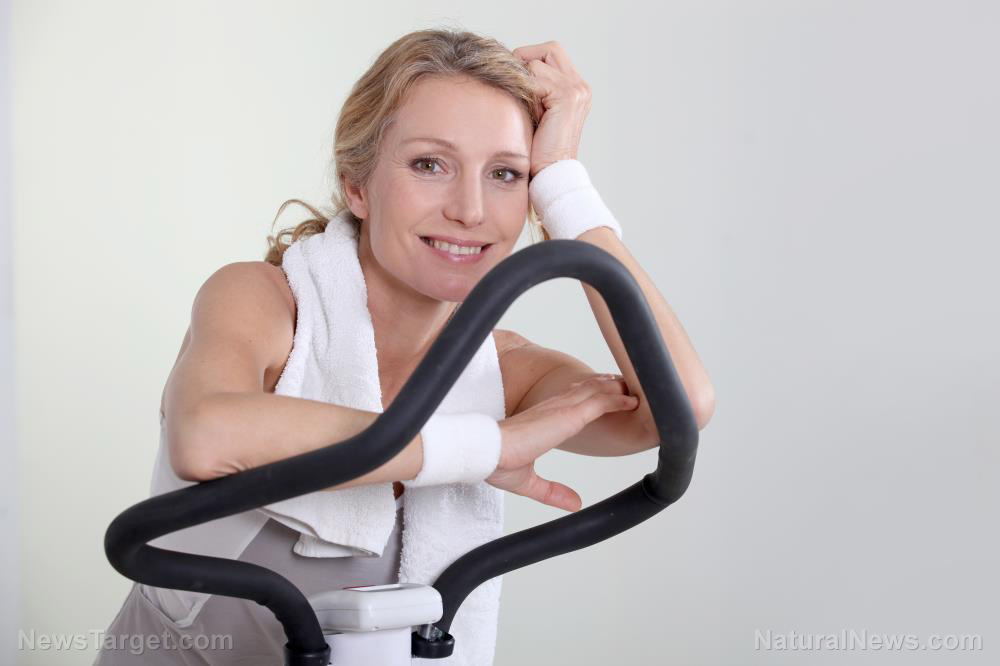
WBVE is a physical exercise where an oscillating platform transmits vibrations to a person in contact with the machine. The vibrations cause the affected muscles to contract and relax as if they are being used for physical activity.
This mode essentially mimics the effects and feel of a much longer and more strenuous physical exercise in a shorter amount of time. It is well-suited for senior citizens, patients, and other people who cannot work out for long periods of time or are unable to pull off intense workouts.
Whole-body vibration exercise is particularly promising for people suffering from metabolic syndrome. The various symptoms caused by high blood pressure, high blood sugar, excessive body fat, and abnormal levels of cholesterol and triglycerides can make it difficult for a patient to take up an exercise program as part of his or her therapy. (Related: Use whole body vibration exercise for weight loss, bone density and muscle building.)
Examining the effect of whole-body vibration exercise on metabolic syndrome
Researchers from the Universidade do Estado do Rio de Janeiro (EURJ) decided to test the effects of whole-body vibration exercises on patients with metabolic syndrome. They believed the physical activity could improve the quality of life of a patient.
For their study, they gathered people who had been diagnosed with the aforementioned conditions. The participants were divided into three groups according to the exercise regimen they would test out.
The control group would not work out in any way. Meanwhile, the weekly group would adhere to a single session of WBVE every seven days. Finally, the bi-weekly group would have two sessions per week.
Before starting the trial, the participants answered a brief survey developed by the World Health Organization (WHO). The WHOQOL-BREF questionnaire measured the quality of life of a patient based on four different domains as well as Overall Quality of Life and General Health.
During the first session, the participant did not stand on the oscillating platform. Instead, he or she sat down and placed their feet on the base of the device at three peak-to-peak displacements. The platform was set to vibrate at a frequency of five hertz (Hz).
For the rest of the sessions, the patient stood on the platform. The vibration frequency was increased up to 14 hertz.
At the end of the trial, the participants answered the WHOQOL-BREF survey once more. The results from the two surveys were evaluated based on each domain.
Beat metabolic problems through regular vibration exercise sessions
The results of the survey showed that members of both treatment groups described improvements in at least two domains. Participants from the weekly and bi-weekly groups both identified improvements in their physical domain.
Furthermore, it appeared that the number of exercise sessions each week changed the domains that benefited from the training. The weekly treatment group felt better regarding their environmental, physical, and psychological domains. The bi-weekly group, on the other hand, believed they made positive progress in their physical and social relationships domains.
The EURJ researchers concluded that patients with metabolic disorders would benefit from practicing whole body vibration exercises at least once a week. Furthermore, adjusting the frequency of the vibration over time could improve specific parts of a patient's quality of life.
Naturopathy.news can tell you more about the benefits of whole-body vibration exercise and other forms of physical activities.
Sources include:
WHO.int [PDF]
Please contact us for more information.























